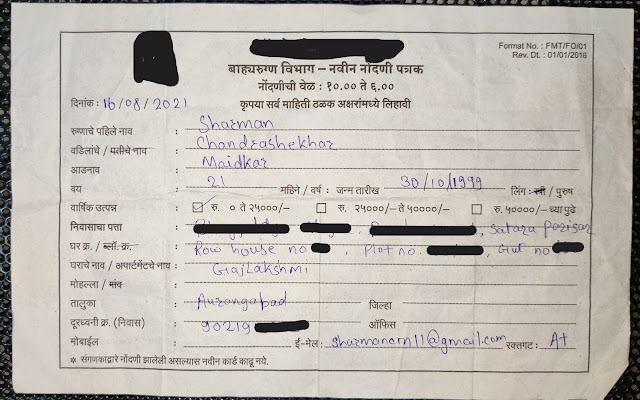Hick's Law: How Too Many Choices Affect Decision-Making
Every day, we make countless decisions, from what to eat for breakfast to where to invest our money. However, have you ever noticed that sometimes it takes longer to make a decision? It could be because of Hick's Law, which states that the time it takes to make a decision increases with the number and complexity of choices. Today, we will delve deeper into Hick's Law and explore how it affects decision-making in our daily lives.
What is Hick's Law?
Hick's law, also known as the Hick-Hyman Law, was first introduced by psychologists William Edmund Hick and Ray Hyman in 1952. The principle behind Hick's Law is that our brain can only process a limited amount of information at any given time. As the number of options increases, the brain has to work harder to process the data, slowing down our decision-making process.
The formula of Hick's Law is defined as follows:
Where,
- "RT" is reaction Time.
- "a" and "b" are arbitrary measurable constants that depend on the task that is to be carried out and the conditions under which it will be carried out.
- "(n)" is the number of stimuli present.
Hick's law is applied everywhere. Observe the things around you. If you have a washing machine or a microwave, check the number of choices provided. If it takes longer to decide which setting is required to choose, you have found a poorly designed product that does not obey Hick's law. It can be used in a simple decision-making process with multiple choices, like a control system environment. Users need to be able to make quick decisions in a critical environment, so the options should be minimum.
Real-life examples of Hick's Law
Restaurant menus:
Online shopping:
Investment decisions:
Navigation menus:
Call-to-action buttons:
Product filtering:
How to use Hick's Law to make better decisions
- Limit your options: The first step is to limit several options you have to choose from. When faced with too many choices, it's easy to become overwhelmed and paralyzed by indecision. Instead, try to narrow down your options to a manageable number. For example, if you're trying to decide what to eat for dinner, limit your options to three or four choices.
- Prioritize your options: Once you have narrowed down your choices, prioritize them based on your preferences and needs. It will help you make a more informed decision. For example, if you're trying to decide which car to buy, prioritize your options based on factors such as safety, fuel efficiency, and price.
- Gather information: Before making a decision, it's crucial to gather as much information as possible about your options. It will help you make an informed decision. For example, if you're trying to decide which university to attend, research each university's programs, faculty, and campus culture.
- Evaluate the pros and cons: Once you have gathered all the necessary information, evaluate the pros and cons of each option. This will help you weigh the benefits and drawbacks of each option. For example, if you're trying to decide whether to take a job offer, evaluate the salary, benefits, job responsibilities, and work environment.
- Trust your gut: While it's important to gather information and evaluate the pros and cons, sometimes your intuition can be a valuable guide. If you have a good feeling about a particular option, trust your gut. For example, if you're trying to decide whether to go on a date with someone, listen to your intuition and choose based on how you feel.









Comments
Post a Comment